Worldcoin in the Polkadot ecosystem? Another money-spreading project Encointer analysis
Worldcoin in Polkadot ecosystem Encointer analysisOn July 24th, Worldcoin officially launched, once again attracting a lot of attention and controversy.
Worldcoin is another Web3 project founded by Sam Altman, the CEO of OpenAI. It aims to establish a digital identity and crypto network by scanning users’ irises to identify their identities.
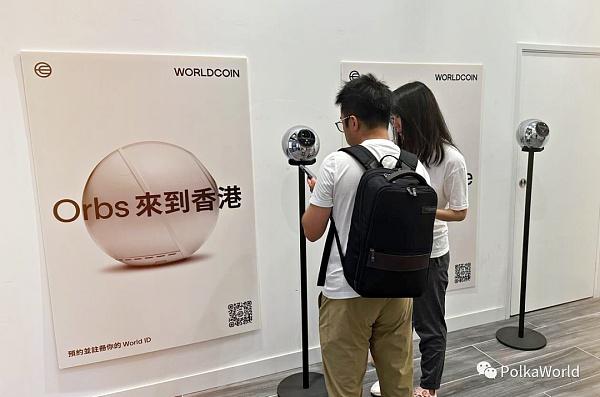
Worldcoin’s iris scanning device, Orb, is deployed in Hong Kong.
- Quick Overview of Recent Popular DeFi Narratives and Innovative Projects
- Inventory of the 8 old projects of the transformation LSD
- Crossing the Bull and Bear The LSD Battle of the Project Party
The vision of Worldcoin is to enable everyone in the world to have access to global economic opportunities, regardless of their nationality or background. As long as individuals scan their eyes once with Worldcoin’s spherical scanner, the “Orb,” and prove that they are real people, they can receive a certain amount of WLD coins.
A similar project exists in the Polkadot ecosystem called Encointer.
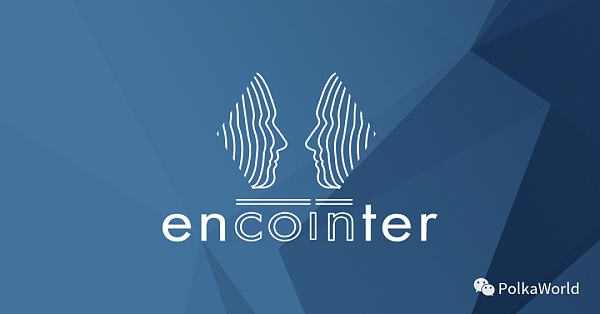
Like Worldcoin, Encointer also aims to provide a fair and inclusive economic system for people around the world, offering a UBI (Universal Basic Income) to users. Encointer allows any community to create and distribute its own local currency to promote local economic activities and verifies users’ real identities through offline gatherings.
This article will compare Worldcoin and Encointer to help understand how they operate and their similarities and differences.
Vision & Implementation
Worldcoin was founded in 2019 with the vision of creating the world’s largest human identity and financial network, providing ownership to everyone. The goal is to enable every person in the world to share the opportunities for global economic development, regardless of their nationality or background.
Worldcoin believes that with the advent of the AI era, we need a means to differentiate real people from AI on the Internet, and everyone should have their own digital identity and wealth. Therefore, Worldcoin aims to build a global, fair, and inclusive open-source financial protocol and create a collectively owned global currency, WLD, distributed fairly to as many people as possible.
Encointer was also founded in 2019 with the vision of allowing communities around the world to generate their own autonomous currency and use it to stimulate the local economy. Each community currency has its unique symbol, name, issuance quantity, and distribution cycle determined by the community itself. The value of each community currency is based on local supply and demand relationships, unaffected by external macroeconomic factors.
Encointer believes that economically disadvantaged areas often lack growth incentives. Although people have skills and products to sell, they do not have enough purchasing power to buy from others. Encointer provides a free and user-friendly technology that allows any community to generate its own currency and regularly distribute it equally to all active participants, thereby promoting local economic activities.
Operation Mode
Both adopt a similar “three-piece suit” – DID + protocol (token) + wallet.
Worldcoin consists of three main parts:
World ID: A digital identity system based on iris scanning, which provides a unique and difficult-to-counterfeit identity for each individual. Users can generate a World ID by using the Orb, a spherical scanner developed by Worldcoin, for iris scanning.
Worldcoin: A cryptocurrency protocol based on Ethereum Layer 2 technology. Worldcoin adopts a distribution mechanism similar to Universal Basic Income (UBI), which regularly distributes a certain amount of Worldcoin tokens (WLD) to all users who have been verified through World ID. Users can use WLD for transactions or investments, and can also exchange it for other fiat currencies or cryptocurrencies.
World App: A mobile application compatible with both World ID and Worldcoin protocols, which allows users to manage their digital identities and assets. Users can register and participate in iris scanning verification, obtain WLD tokens, and engage in transactions or transfers with other users through the World App.
Encointer also consists of three main parts:
Encointer Identity System: A system that verifies human identity through physical meetings (Ceremonies), which prevents anyone from obtaining additional income through multiple identities or robots. Ceremonies are regular social events that require each participant to meet and communicate with three other strangers. In this way, each participant can prove that they are a real and actively participating human in the community.
Encointer Protocol: A cryptocurrency protocol developed based on the Substrate framework, which allows any community to create its own independent and customizable currency. Each community currency has its own unique symbol and name, as well as its own determined issuance and distribution cycle. Each community currency is based on local supply and demand relationships and is not affected by external macroeconomic factors.
Encointer App: A mobile application compatible with both the Encointer protocol and identity system, which allows users to easily create or join a community currency and participate in physical meetings to receive the currency allocated to them. Users can also view and manage their coins through the Encointer App, invite friends to join, and endorse their identities.
Methods of Verifying User Identity
For any operation that involves distributing coins to users, a major challenge is how to verify that users are real and prevent “Sybil attacks” where one person controls multiple accounts.
Worldcoin adopts the verification method of iris scanning. The iris is a unique and less changeable biometric feature for each individual, which is more difficult to forge than facial information, etc. Therefore, users can prove themselves as real individuals through iris scanning without relying on national identity documents issued by the government.
Iris scanning is not a common method of identity verification. To address this, Worldcoin has developed a dedicated device called “Orb” for scanning irises. Worldcoin recruits local operators in each region and provides Orb devices for them to conduct local promotions, educate local users, and complete scanning.
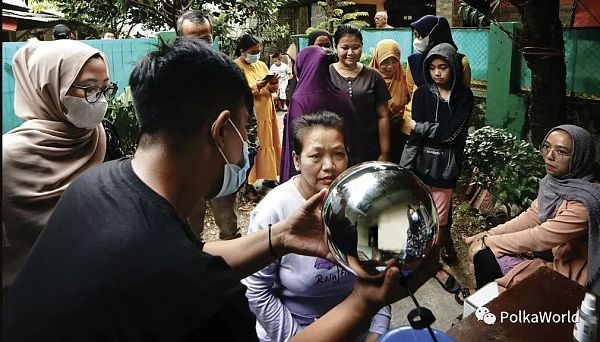
However, collecting iris information as biometric information is obviously more sensitive, which has brought Worldcoin a lot of controversy and promotion difficulties.
In Worldcoin’s original plan, after collecting the eye image, a unique identifier IrisHash will be generated through hashing, and then the eye image will be permanently deleted. Semaphore zero-knowledge proof system will be adopted to enhance privacy protection. However, in order to optimize the data algorithm for generating unique identifiers, the team still established an iris database for users who did not object. Although the team stated that all iris data will be deleted after the algorithm optimization is completed, no specific deletion time has been proposed. If these biometric information is stolen, it may infringe on user privacy.
In addition, some countries have explicit regulations on how commercial companies can use personal data, and do not allow the transfer of biological information of their citizens to foreign countries. The data processing agencies of Worldcoin are located in countries such as the United States, the United Kingdom, Germany, Japan, and India. According to Bloomberg’s report last year, Worldcoin has suspended operations in at least 7 countries.
If Worldcoin verifies that you are a human using your eyes, Encointer verifies it using your feet. Encointer also uses a novel verification method called participating in physical meetups (Ceremony).
Physical meetups are regular social activities that require each participant to meet and communicate with three other strangers. In this way, each participant can prove that they are a real person who actively participates in community life.
After users download the Encointer application, participants in each Encointer community will be randomly assigned to a small physical gathering, which is held regularly at randomly selected locations. When the event starts, each participant will scan the QR codes of other participants to confirm their attendance, and these proofs will be recorded on the highly secure Kusama blockchain ledger. Since all Encointer meetups are held simultaneously, it is impossible to attend more than one event in each cycle (because a person cannot be in multiple places at the same time). In this way, it can be ensured that one person cannot control multiple Encointer accounts.
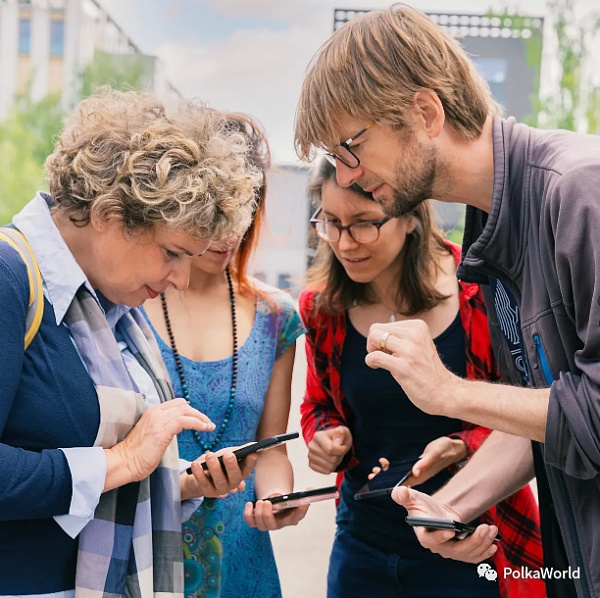
This verification method also does not require users to provide any national or institution-issued identification documents, making Encointer open and inclusive to people without formal identification.
Compared to Worldcoin, Encointer’s verification method does not collect users’ biometric information, nor does it require any centralized institution or third party to verify or store users’ identity information, ensuring user privacy and autonomy. Moreover, it does not require special scanning devices, and users can register anywhere in the world as long as they have a smartphone. Regular meetups also help strengthen the connections among community members and enhance community cohesion.
However, it is a bit troublesome to authenticate through physical attendance at events (not very friendly to people with social anxiety), and the number of participants in each offline activity is limited by the venue and other factors, so there are usually not many people. This makes Encointer more suitable for local currencies in relatively small-scale areas.
Development Status
Worldcoin had its first registered user in May 2021 and has been continuously expanding the deployment of Orb and recruiting new operators to complete more iris photo collections. Prior to the launch of the mainnet, user rewards were in the form of WLD “vouchers”. On July 24, 2023, the Worldcoin mainnet officially launched, and the previously promised rewards to users were finally redeemed.
According to the Worldcoin official website, there are already 346 Orb devices deployed in 34 countries, and 2.21 million people have proven their identities and registered World IDs by scanning. In the past 7 days, the average daily transaction volume of the World App wallet exceeded 120,000 transactions.
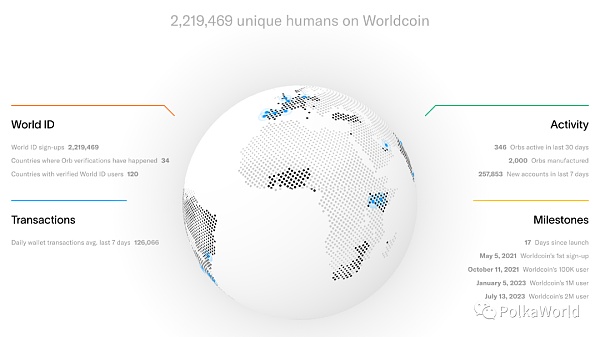
The Encointer blockchain became the second system parachain of Kusama in January 2022 (Common Good LianGuairachain), providing real identity verification infrastructure for the ecosystem.
Encointer does not directly issue its own coins, but provides a platform for the community to create local tokens. Currently, there are two communities using Encointer.
The first is Zurich Leu in Zurich, Switzerland, which provides additional income for community users and helps the development of local businesses. Although Zurich is a relatively affluent area, it still faces high levels of inequality, and the citizens of Zurich are very open to new concepts such as basic income, making it suitable for this type of social experiment.
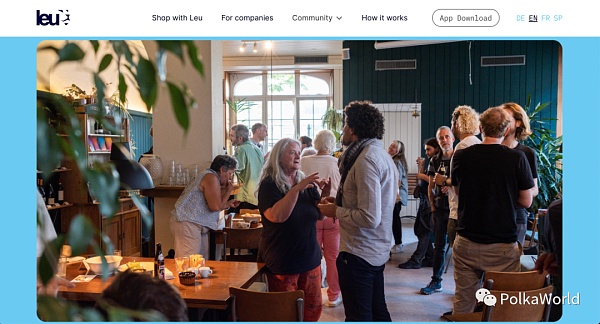
The second community using Encointer is Green Bay in Wisconsin, USA, which has issued its local community currency, the Green Bay Dollar. With over 100,000 residents, the primary purpose of the Green Bay Dollar is to encourage users to support local businesses and foster community engagement, as well as help businesses cultivate customer loyalty and reward outstanding employees.
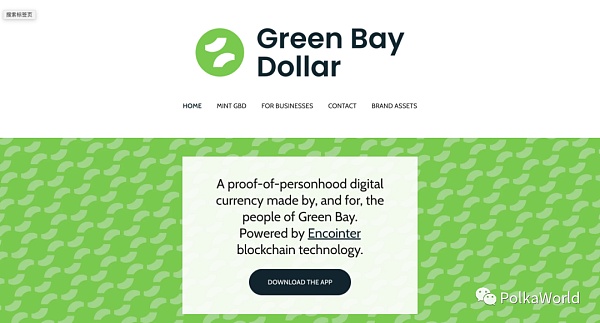
Summary
Both Worldcoin and Encointer hope to achieve economic inclusiveness using Web3 technology. However, they differ greatly in terms of verification methods, target users, and operating models.
Worldcoin is a global project with a unified token, WLD. It requires the use of dedicated Orb devices to scan eyes and register, and then distributes WLD to registered users. Encointer is a local project where each local community can create its own local currency. It does not require any specialized devices, only regular participation in offline gatherings to mutually verify identities with other randomly assigned users on-site.
We will continue to update Blocking; if you have any questions or suggestions, please contact us!
Was this article helpful?
93 out of 132 found this helpful
Related articles
- Crossing the Bull and Bear The LSD Battle of Project Parties
- A summary of 10 projects worth paying attention to recently DeFi, DEX, games, and on-chain tools
- Full-chain gaming becomes the market focus, in-depth analysis of the pioneering project Dark Forest.
- Using Tornado.Cash as an example to expose the scalability attacks on zkp projects.
- Multi-dimensional inventory of LianGuairadigm’s top 10 projects in the relevant fields of concern.
- Recent Quick Overview of POW Projects Dynex, Microvision Chain, Neurai
- After raising hundreds of millions of dollars in five rounds of financing, CoinList’s co-founder, the new project Eco, launched a currency experiment four years later.






